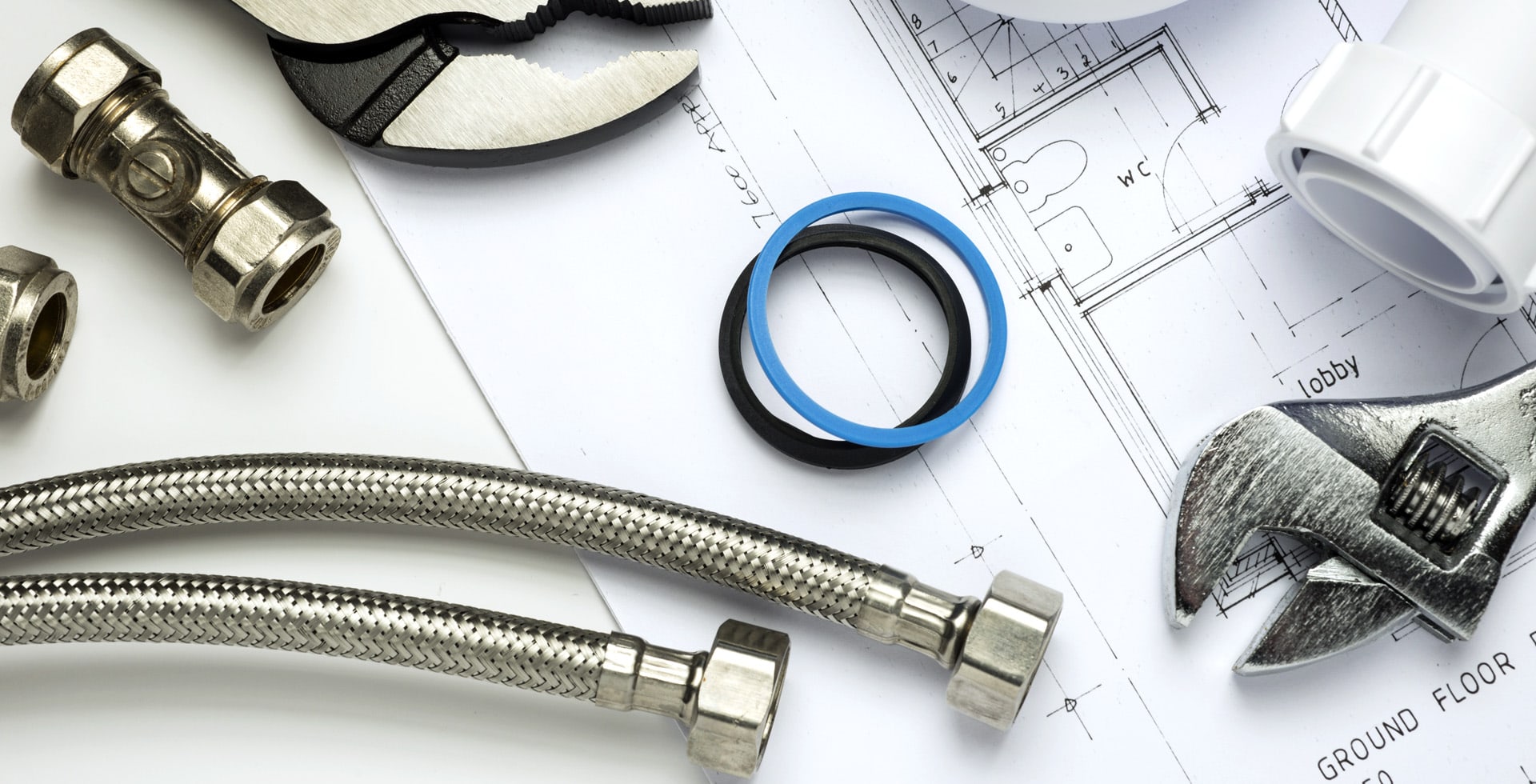“`html
How to Incorporate Lighting Into Your Landscape
Proper lighting can transform your outdoor space, enhancing its beauty and functionality. By incorporating lighting into your landscape design, you create an inviting atmosphere, extend the usability of your garden, and highlight architectural elements. This guide provides insights on how to effectively implement lighting in your landscape.
Benefits of Landscape Lighting
- Enhanced Aesthetics: Beautiful lighting can highlight the beauty of plants, pathways, and outdoor features.
- Increased Safety: Well-lit areas reduce the risk of falls or accidents during nighttime.
- Extended Usability: Outdoor lighting allows you to enjoy your garden or patio even after dark.
- Security: Proper lighting can deter intruders and enhance the safety of your property.
Types of Landscape Lighting
Understanding the different types of landscape lighting helps in making informed decisions. Here are the most popular options:
Pathway Lighting
Pathway lights guide guests safely along walkways, driveways, and gardens. They come in various styles, including:
- Solar-powered lights
- Low-voltage lights
- LED fixtures
Accent Lighting
Accent lights emphasize specific features like trees, sculptures, or fountains. Common techniques include:
- Up-lighting: Directs light upwards to highlight tall elements.
- Down-lighting: Simulates moonlight by illuminating areas from above.
- Spotlights: Focus light on certain features for dramatic effect.
Flood Lighting
Floodlights provide a broad wash of light, making them ideal for illuminating large areas like patio spaces and backyards.
Deck and Patio Lighting
This type of lighting enhances the outdoor living space. Options include:
- Recessed lighting
- String lights for a festive ambiance
- Post lights on deck railings
Planning Your Landscape Lighting
A strategic plan ensures effective lighting placement. Consider the following steps:
Assess Your Space
Examine your landscape during the day and at night. Identify areas that require illumination, such as:
- Walkways and paths
- Entry points
- Special features (trees, water features, sculptures)
Choose the Right Fixtures
Select fixtures that complement the overall design of your landscape and home. Consider:
- Style: Match lights to the architectural style of your home.
- Material: Choose durable materials that withstand outdoor conditions.
- Functionality: Ensure lights are suitable for their intended purpose (e.g., pathway lighting vs. decorative accent lighting).
Create Layers of Light
Using multiple layers of lighting creates depth and enhances your landscape. Consider:
- Ambient lighting: Provides general illumination for safety.
- Task lighting: Focuses on functional areas, like cooking spaces or seating.
- Accent lighting: Highlights focal points to add visual interest.
Installation Tips
Proper installation is essential for achieving the desired effect. Here are key considerations:
Determine Power Sources
Locate existing electrical outlets or plan for new power sources. Ensure your chosen lighting is compatible with available power options:
- Low-voltage lighting systems are energy-efficient and easier to install.
- Solar lights are a great option for areas without electrical access.
Positioning Lights
Strategic positioning enhances the effectiveness of your landscape lighting. Keep these tips in mind:
- Install lights at various heights for a more dynamic look.
- Aim to create shadows and highlights for added depth.
- Ensure that lights are not obstructed by vegetation or furniture.
Test Your Setup
Before finalizing your installation, temporarily place the lights and test their positioning at night. Adjust as necessary to achieve the perfect ambiance.
Maintenance and Care
Regular maintenance ensures the longevity and efficiency of your landscape lighting. Follow these guidelines:
- Clean fixtures regularly to prevent buildup and maintain brightness.
- Check and replace any burnt-out bulbs promptly.
- Inspect wiring and connections for any signs of wear or damage.
Conclusion
Incorporating lighting into your landscape design enhances both the beauty and functionality of your outdoor space. By understanding the different types of lighting, planning your layout, and maintaining your fixtures, you can create a stunning environment ready to be enjoyed day and night. Upgrading your landscape with lighting is an investment that pays off in ambiance, safety, and increased liveability for your outdoor areas.
“`

